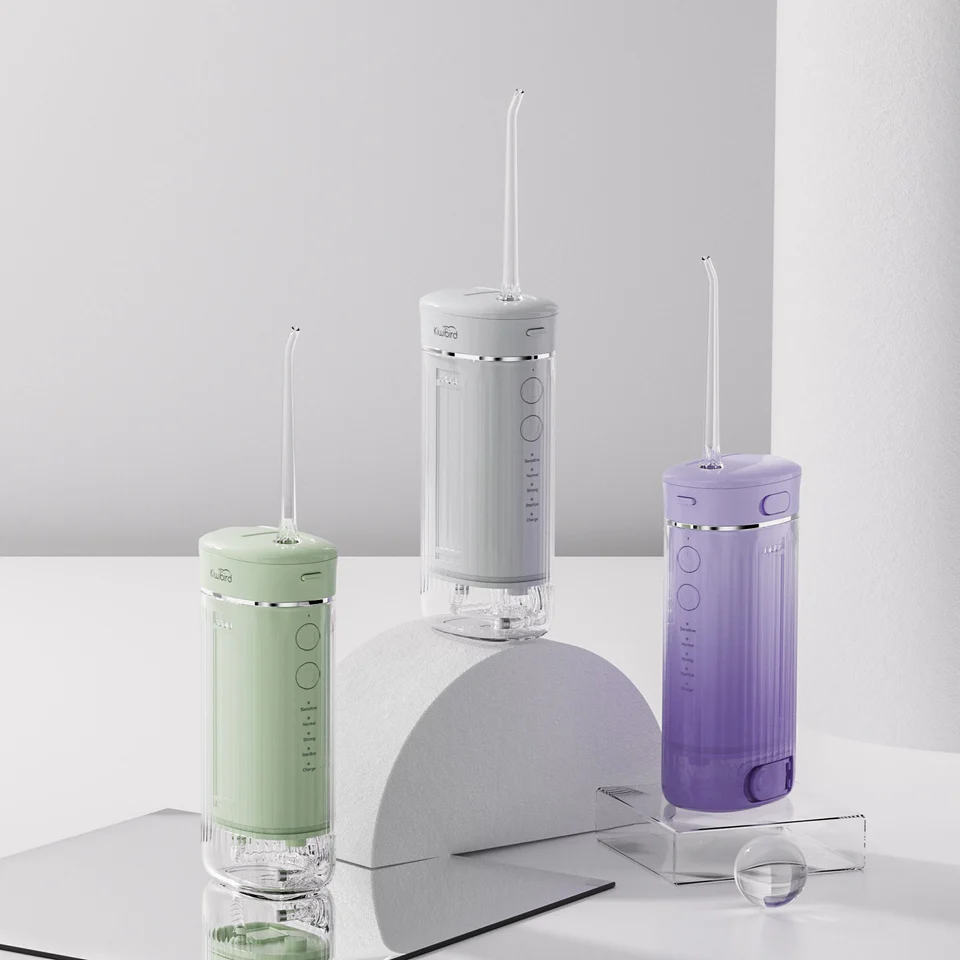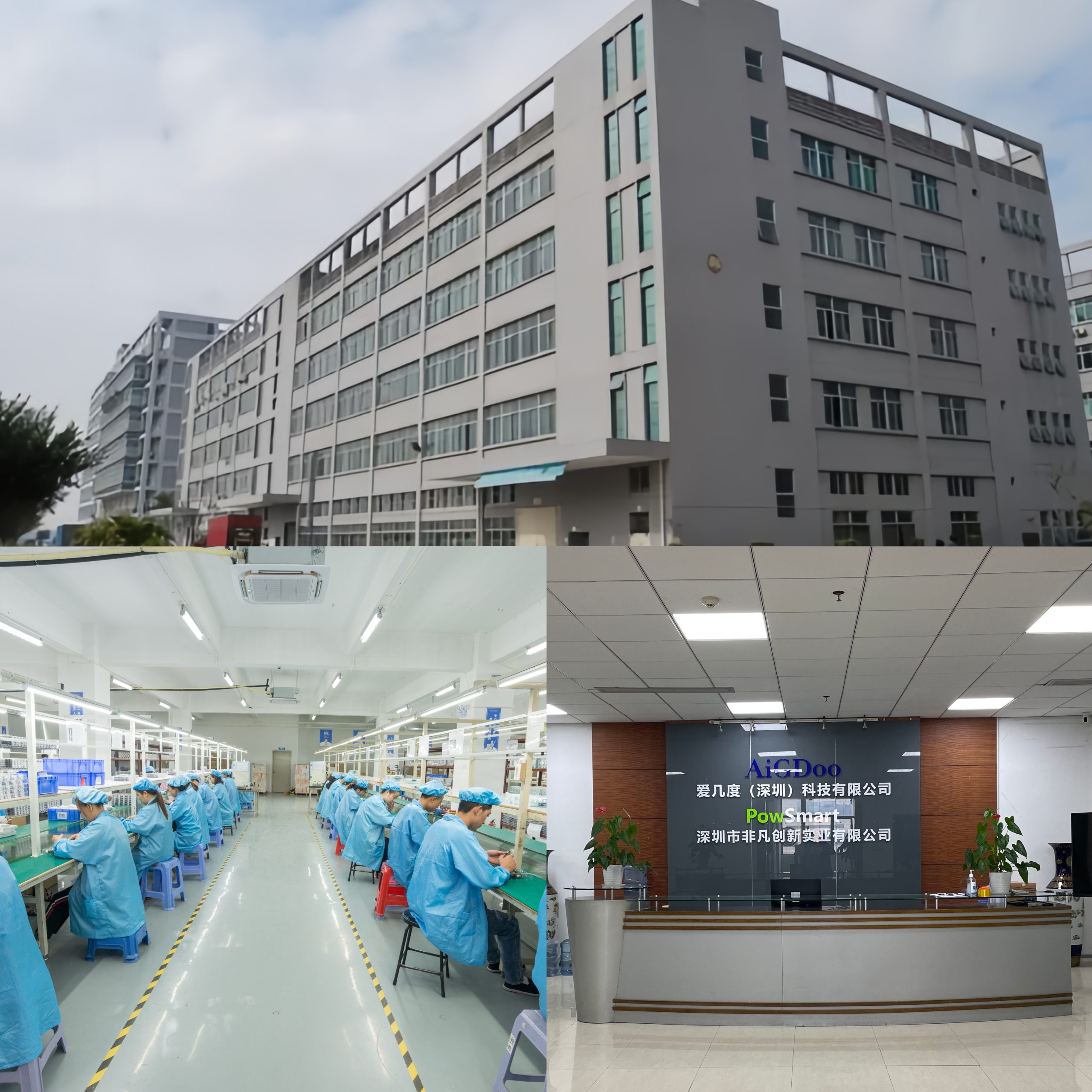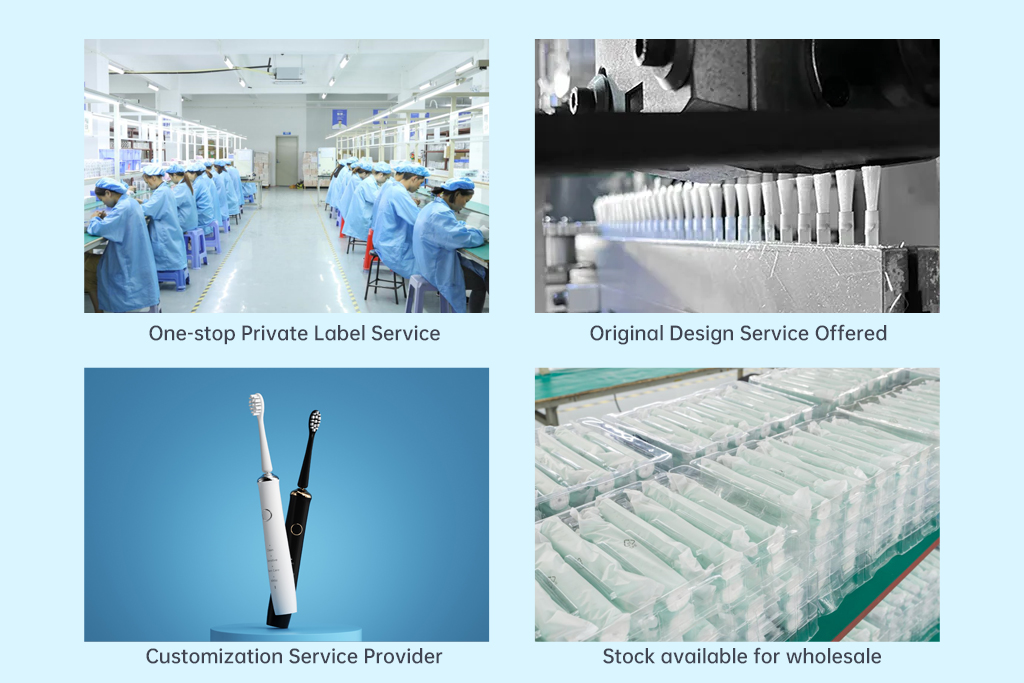In the development and supply of dental whitening trays and orthodontic appliances, two critical concerns have surfaced repeatedly: tray misalignment and its contribution to jaw pain. These issues not only impact user comfort but can also compromise product performance and brand reputation. As manufacturers, understanding and addressing this correlation is vital to creating superior, market-leading products.
Tray misalignment refers to the improper fitting or positioning of dental trays on the user’s teeth. This can result from:
When trays do not align correctly, they exert uneven pressure on teeth and surrounding jaw muscles, setting the stage for discomfort or more severe complications.
A direct outcome of tray misalignment is the onset or worsening of jaw pain. This happens because misaligned trays can:
For users, this discomfort may manifest as stiffness, soreness, or even headaches. For brands, it results in dissatisfied customers, negative reviews, and potential product liability concerns. Company web:https://www.powsmart.com/product/electric-toothbrush/
Neglecting tray misalignment issues can lead to serious risks:
For B2B manufacturers and OEM/ODM suppliers, addressing this problem in the design and QC phases is no longer optional—it’s a business necessity.
Several proven approaches can minimize or eliminate tray misalignment, including:
By adopting these solutions, manufacturers can ensure a proper fit, reducing stress on the user’s jaw and preventing jaw pain.
To further safeguard against tray misalignment, manufacturers should:
Such measures drastically reduce customer complaints and enhance product credibility in global markets.
Emerging technologies can help manufacturers take a proactive approach:
These innovations represent the next frontier for addressing tray misalignment and preventing jaw pain, offering competitive advantages to forward-looking OEM suppliers.
In conclusion, tray misalignment is not a minor production flaw—it is a direct cause of jaw pain, affecting both user satisfaction and brand reputation. Fortunately, the solution exists through precise design engineering, advanced materials, and rigorous QC protocols. For manufacturers serious about global market leadership, investing in these solutions is the path to safer, more comfortable, and more competitive oral care products.Contact us


.webp)
How Do Electric Toothbrush Market Trends Influence Electric Toothbrush Supplier Certification?
.jpg)
No-Mess Water Flosser Design: How Our Factory Solves Splashing for Your Brand
Is Button Malfunction Causing Uneven Bristles Disaster?
Tongue Numbness After Hydrogen Peroxide Burns – Normal?
.jpg)
Where to Find Electric Toothbrush Manufacturer Reviews to Identify the Best Electric Toothbrush for Distributors?
Brush Discoloration with Hydrogen Peroxide Burns – Safe to Ignore?
.jpg)
Solutions to Common Faults of Water Flossers: How Can Brand Owners Ensure That Factories Provide Reliable After-Sales Service?
Short Circuit Plus Water Leakage – Playing with Fire?
Enamel Transparency Plus Taste Loss – Permanent Damage?

The Core Benefits of Brand Owners Promoting Water Flossers and How to Meet Marketing Needs to Increase Sales

Water Flosser Disadvantages: What Your OEM Factory Isn’t Telling You?

FAQ for New Water Flosser Brands: Avoiding Costly OEM Mistakes
.jpg)
No More Missed Spots: How Our Manufacturer Ensures Your Water Flosser Reaches All Teeth

The Characteristics of the Target Audience for Home Teeth Whitening Devices
Overbleaching Risk and Gum Recession – Fair Trade?

How Can Water Flosser Factories Help Brand Owners Build High-End Product Lines?

electric toothbrush heads Ultra Soft

electric toothbrush heads Charcoal Infuse-Round
.jpg)
Florida Electric Toothbrush – Powsmart PTR-C8

Electric toothbrush heads Charcoal Infused-Diamond

electric toothbrush heads Regular Clean

Customization Teeth Whitening Gel

Private Label Whitening Gel

electric toothbrush heads Deep Clean
whstapp
whstapp
National Toll-Free Service Hotline
+86 755 86238638